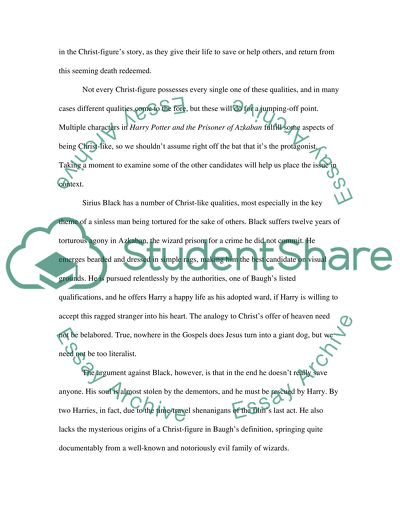Cite this document
(“Saving the Day: Harry Potter as Christ-Figure Essay”, n.d.)
Retrieved de https://studentshare.org/religion-and-theology/1424370-christ-figures-as-explained-by-lloyd-baugh-and-the
Retrieved de https://studentshare.org/religion-and-theology/1424370-christ-figures-as-explained-by-lloyd-baugh-and-the
(Saving the Day: Harry Potter As Christ-Figure Essay)
https://studentshare.org/religion-and-theology/1424370-christ-figures-as-explained-by-lloyd-baugh-and-the.
https://studentshare.org/religion-and-theology/1424370-christ-figures-as-explained-by-lloyd-baugh-and-the.
“Saving the Day: Harry Potter As Christ-Figure Essay”, n.d. https://studentshare.org/religion-and-theology/1424370-christ-figures-as-explained-by-lloyd-baugh-and-the.


